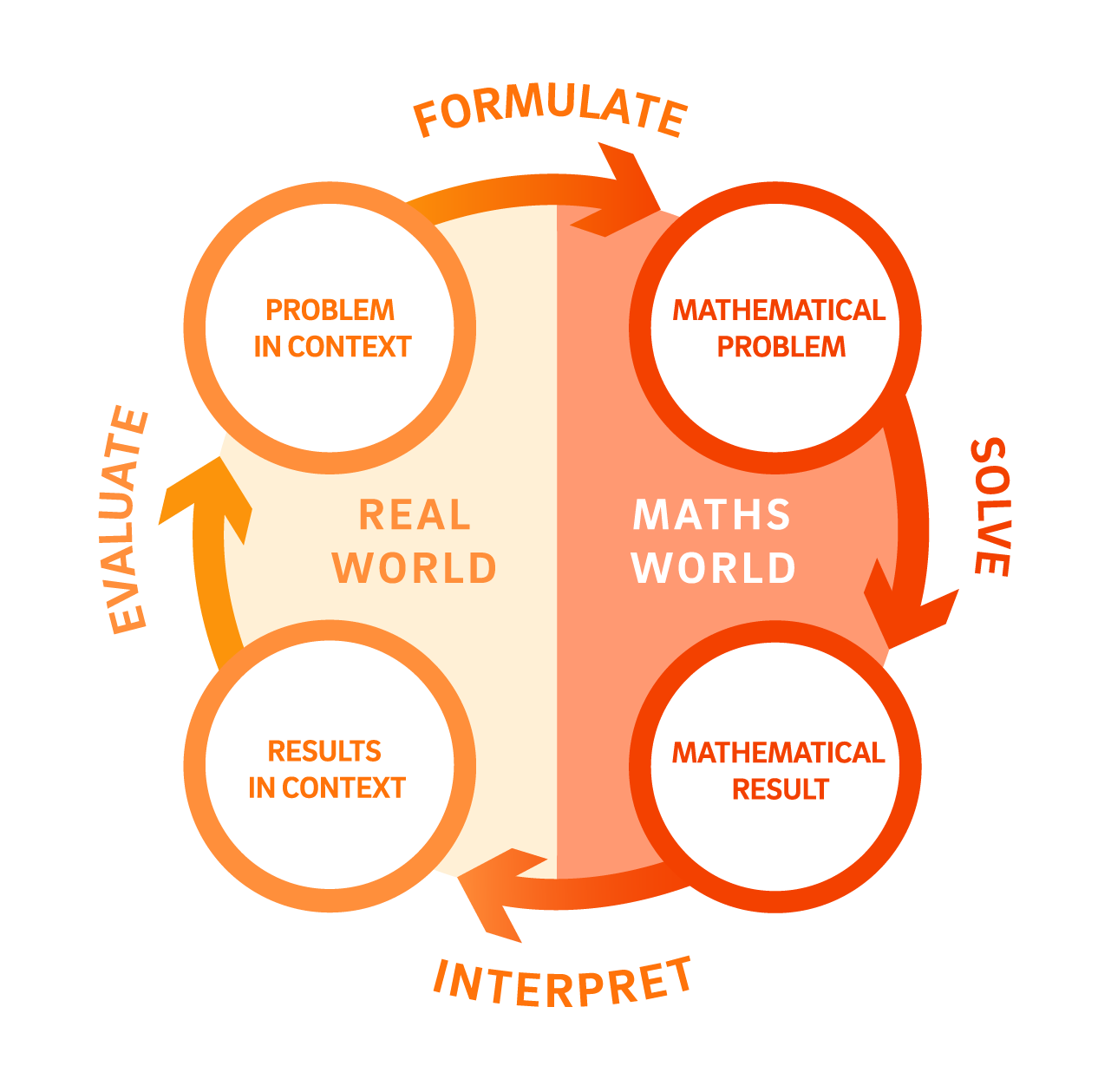'Mathematical modelling: Cracking codes' is one of our new teaching sequences for V9
- On the 'In this sequence' tab you'll find all the lessons in this sequence, a suggested implementation plan and curriculum alignment.
- The 'Behind this sequence' tab shows how key mathematical ideas develop over the sequence.
- Have you taught this sequence? Use the Feedback button to let us know how it went!
Lessons in this sequence
Lesson 1 • Deciphering ciphers
Students attempt to decipher codes encrypted with a substitution cipher and reflect on the strategies they found particularly helpful.
Lesson 2 • Exploring frequency
Students predict the frequency of letters in the English alphabet, then analyse a piece of text to compare and refine their predictions.
Lesson 3 • Frequency analysis
Students use a spreadsheet to analyse letter frequency in a text and compare it to the typical distribution in the English language.
Lesson 4 • Code crackers
Students apply letter frequency and language patterns to decipher codes encrypted with a substitution cipher.
Curriculum and syllabus alignment
Achievement standards
Students use mathematical modelling to solve practical problems involving rational numbers, percentages and ratios, in financial and other applied contexts, justifying choices of representation.
Students plan and conduct statistical investigations involving discrete and continuous numerical data, using appropriate displays. Students interpret data in terms of the shape of distribution and summary statistics, identifying possible outliers.
Australian Curriculum V9 alignment
Number
Use mathematical modelling to solve practical problems, involving rational numbers and percentages, including financial contexts; formulate problems, choosing representations and efficient calculation strategies, using digital tools as appropriate; interpret and communicate solutions in terms of the situation, justifying choices made about the representation
Statistics
Create different types of numerical data displays including stem-and-leaf plots using software where appropriate; describe and compare the distribution of data, commenting on the shape, centre and spread including outliers and determining the range, median, mean and mode
Plan and conduct statistical investigations involving data for discrete and continuous numerical variables; analyse and interpret distributions of data and report findings in terms of shape and summary statistics
In this sequence, students use mathematical modelling to develop strategies for deciphering messages encrypted with a simple substitution cipher. In such ciphers, each letter in the original message is replaced with a different letter, number, or symbol according to a fixed system. The ciphers students work with involve a one-to-one substitution where each letter of the alphabet has been swapped with a unique alternative. As part of the sequence, students explore patterns in the English language, focusing on the typical frequency of letter usage. They learn that understanding these frequency patterns can serve as a powerful tool in code breaking.
This teaching sequence highlights the rich connections between mathematics, English, and digital technologies.
The process of mathematical modelling in this sequence
Framing a PROBLEM IN CONTEXT
The problem of deciphering codes encrypted with a substitution cipher is presented to students. Students identify the strategies that they found particularly helpful, such as letter frequency and language patterns.
Formulating a MATHEMATICAL PROBLEM
Students reflect on the strategies that they used to decipher the encrypted text and consider how mathematics might be used to as a tool in code breaking. They analyse letter usage in text to determine the expected frequency that each letter typically appears of a piece of writing.
Solving to produce a MATHEMATICAL RESULT
In analysing letter frequency, students recognise that analysing more high-quality data will mean that their results become more typical. To improve efficiency, they use a spreadsheet to count letter frequency and collect and represent their data on what is “typical”.
Interpreting the RESULTS IN CONTEXT
Students apply letter frequency and language patterns to decipher codes encrypted with a substitution cipher.
Evaluating if it is an appropriate solution for the PROBLEM IN CONTEXT
Students identify the strengths and weakness of using letter frequency to decode messages, particularly for ciphertexts of different lengths and genres.






